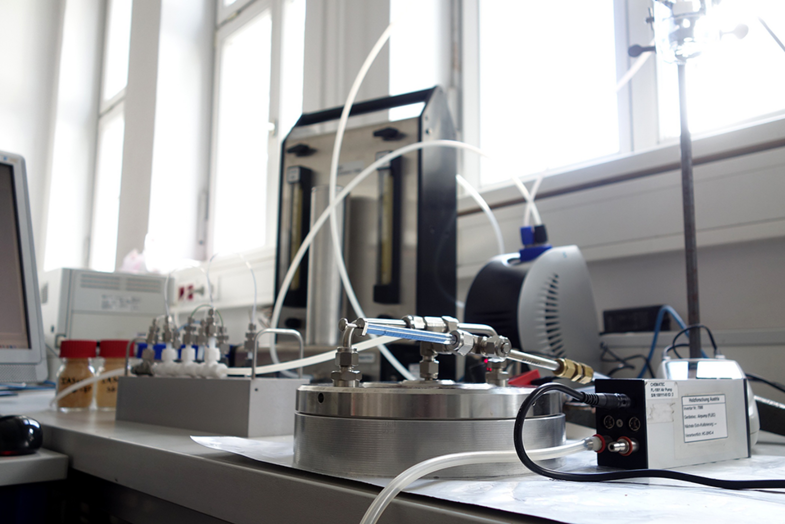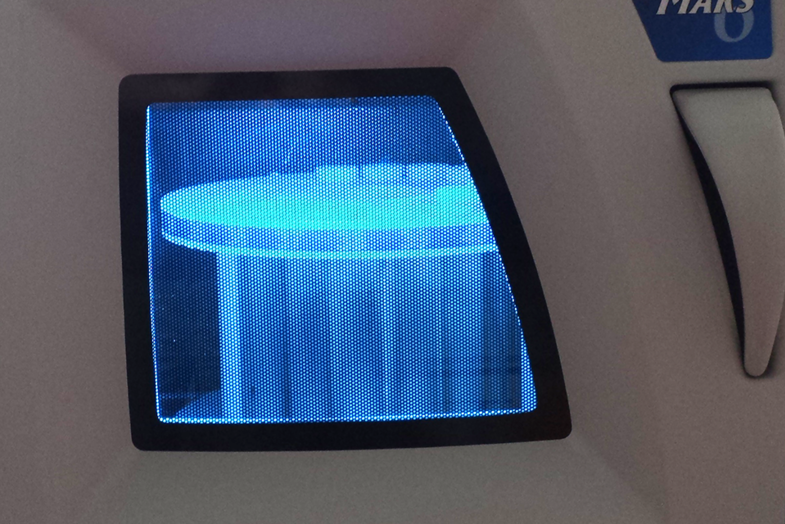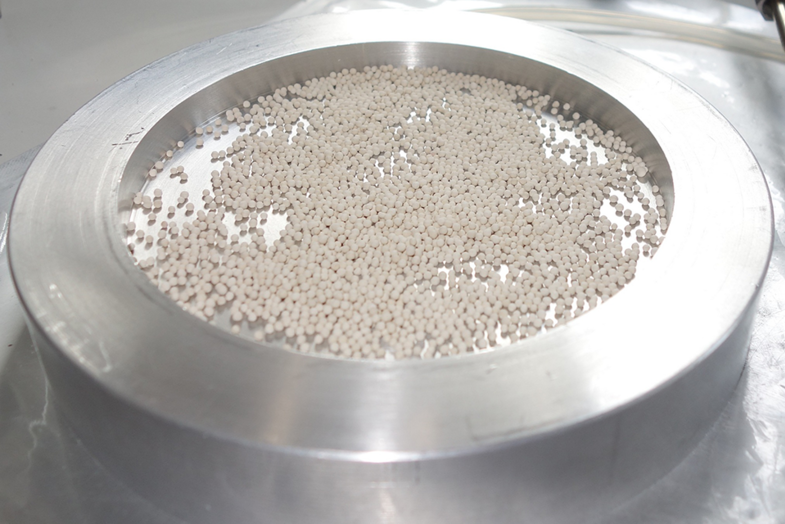What does wood have to do with chemistry – well: simply everything! Wood is a heterogeneous mixture of biopolymers (cellulose, hemicellulose, lignin) as well as organic and inorganic extractives. In the application of wood, chemicals are used that wet, soak, digest or modify it. Environmental influences and use lead to degradation or contamination, emissions and leaching, and even if you leave wood alone, it exudes its scent. This raises many questions about the interaction of wood with the environment. We help to pose the questions correctly and to find understandable answers in practice.
Innovative products and processes
When redesigning materials, products or processes, chemical parameters change for bio-based raw materials such as wood, as well as for relatively homogeneous materials such as plastics, metals or glass. For example, by-products occur through conversion, oxidation, or corrosion, which can lead to emissions, leaching, visual defects, of function loss. Changed polarities cause fogging of surfaces or lead to changed sorption behaviour. Our analyses are as unique as the problems that arise. Inspired by normative processes and the current state of research, we establish tailor-made analyses and support you from development through to quality assurance.
Ingredients and extractives
Wood, bark, energy crops, agricultural residues, residues from food production and other renewable raw materials are the basis of the biorefinery. The targeted extraction of phytochemicals can be of great benefit since it shortens complex synthetic routes in the chemical or pharmaceutical industry. For reasons of sustainability, macromolecules such as starch, flavourings, waxes or resins as well as tannins and lignin are also obtained and increasingly used as technical products such as pressing aids or binders. The evaluation of raw material potentials is key to all these applications in terms of quality and quantity. We provide the appropriate analytics and support you with engineering.
Environmentally stable building material systems
Construction products are usually checked for all important properties in the course of their approval. However, this does not always say anything about the functionality of a system made of different materials during the influence of e.g. moisture and light. Corrosion on sheet metal, fasteners or fittings, discoloration in the wood or fogging on glass can result. Our analytics help to find the causes, eliminate problems and find systems that are optimized for the future.
Contact persons
Environmental analytics

Wood processing and engineering

Our services
Product and process engineering
We develop new sensors and analytics based on cross-industry innovation, e.g. for wood drying, production of wood-based materials (particleboard, fibreboard, MDF, OSB, WPC), pellets and briquettes.
Process water in pulp and paper production
In cooperation with ÖZEPA members, we develop analytical methods e.g. for complexing agents, Sizing agents (ASA), bleaches (residual peroxide), or extraneous materials such as minerals and heavy metals.
Secondary ingredients
Wood and other bio-based raw materials change their chemical composition through processes such as aging, temperature, humidity or light. We develop exactly the right analysis method for your question, from A for aldehyde to Z for zeolite.
Insulation without side effects
Insulations usually have a high surface area and corresponding emission behaviour. We provide analytical support for your product development and support engineering right through to perfect insulation.
Corrosion resistance and wood
The mostly acidic washings from wood accelerate the rusting of metals outdoors. Fire protection sheets, facade fastenings, window sills and fittings are particularly affected. Our measuring methods accompany you in solving this problem and help with the ideal alignment of wood and metallic building materials.
Wood quality
In many products, chemical wood properties such as resin, fat, acids or sugar play a role. We support you in the selection of wood type or quality range.
Available infrastructure:
- Photometer and UV-VIS spectral photometer: Dr. Lange and Analytik Jena including integrating sphere
- Microwave digestion system: CEM MARS 6
- ASE: Thermo Fisher Scientific, ASE 350, Accelerated Solvent Extractor, for gentle solvent extraction
- TD-GC/MS/ECD/FID: Markes / Agilent, thermal desorption, gas chromatography, mass spectrometer, electron capture detector, flame ionization detector
- TD-GC/MS/ECD/FID: Markes / Thermo Fisher Scientific, Gas chromatography with thermal desorption unit, mass spectrometer, electron capture detector, flame ionization detector, headspace autosampler
- GC/MS/ECD/FID: Agilent, gas chromatography, mass spectrometer, electron capture detector, flame ionization detector
- HPLC/DAD/RI: Thermo Fisher Scientific, High Performance Liquid Chromatographie with diode array detector, refractive index detector
- IC/UV/CD: Thermo Fisher Scientific, Ion Chromatography with UV and conductivity detector
- FTIR-ATR/DRIFT/Gas measurement cell: Perkin Elmer, Fourier transform infrared spectrometer, attenuated total reflection and diffuse reflection for surfaces, multi-reflection cell for low-molecular gases
- FLEC: CHEMATEC, Field- and Laboratory Emission-Cell as miniature emission chamber in experimental setups
- ICP-OES: Thermo Fisher Scientific, iCAP PRO XP Duo, inductively coupled plasma optical emission spectrometry, heavy metals, ash-forming elements
- Mobile XRF: Spectro, Spectroscout, portable X-ray fluorescence spectrometer, elemental analysis, heavy metals, measurement on site



















